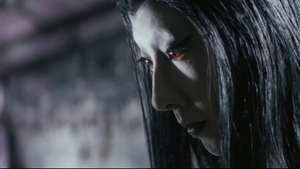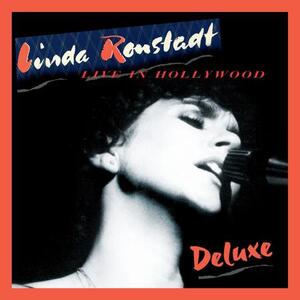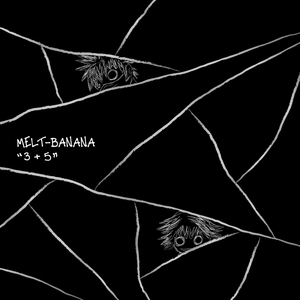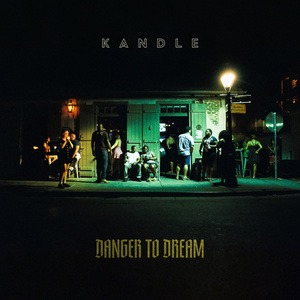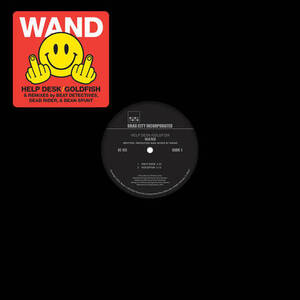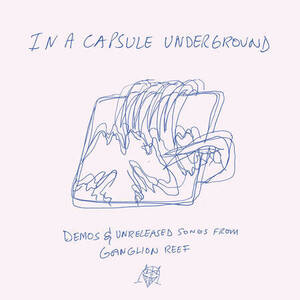
Payal Kapadia
by Generoso and Lily Fierro
It was an honor to interview director Payal Kapadia during AFI Fest about her distinctive and powerful full-length film debut, A Night of Knowing Nothing. Earlier this year, Kapadia was the recipient of the Oeil d’or (Golden Eye) award for best documentary at the 74th Cannes Film Festival, which was a remarkable achievement for a first-time feature director, made even more impressive as her work was in competition for the prize against new offerings from legendary filmmakers: Todd Haynes (The Velvet Underground) and Marco Bellocchio (Marx Can Wait).
Set against the backdrop of the violent student protests that erupted at university campuses in India during the middle of the last decade, A Night of Knowing Nothing is driven by the voice of a narrator reading the found unsent fictionalized letters written by a female student, known only as L, to her lover who once actively engaged in the demonstrations, but ultimately was unwilling to defy his family who refused to allow him to marry a woman from a lower caste. As L’s words are read aloud over images shot by Kapadia and cinematographer, Renabir Das, along with scenes from found archival and mobile phone footage and shared footage from Kapadia’s own friends at the Film and Television Institute of India (FTII), we are compelled to consider the grey area between one’s participation in direct public action and the self-examination which ideally leads to personal and familial confrontations that are essential in enacting lasting societal change.
In our interview with Payal Kapadia, we discussed the origins of A Night of Knowing Nothing, as well as the director’s creative process working with co-writer Himanshu Prajapati, who helped create L’s letters. Kapadia also revealed the editing method that she and Ranabir Das implemented for fusing the narrated letters from L to align with the diverse sources of footage seen in the film and her thoughts on avoiding the cinematic romanticization of protest.
• •
Your film begins and ends with images of young people dancing, and throughout, there is a parallel between the performative nature of dance and protest. Was there a specific visual approach that you and your cinematographer, Renabir Das, aimed for when capturing bodies moving in space to some sort of rhythm, be it music or chants?
We didn’t actually keep it in mind while shooting. But I guess you are right, inherently, protest and dance have this similarity. Dance has a sense of abandonment, as does protest. It was perhaps decisions that we made while editing where we began to observe this. We wanted to talk about people in unity, coming together as a collective, and that idea resonated with these shots.
As we understand, when you and Ranabir began shooting your footage in 2016, it was originally to serve as a portrait of your friends at FTII, but otherwise you didn’t have a clear narrative structure at that time. Was there a particular interview or moment of protest that encouraged you to form your film in the way that it eventually came together?
It was not one particular moment, but rather the events that were taking place while we were shooting, even if we were not present there. Things were changing around us, and hence the film started changing too. But, one thing we had shot quite early on, and wanted to lead up to, was the speech at the end given by my friend, Harishankar. There were times we thought of letting it go…but kept coming back to it.
Harishankar’s speech is, in a way, the thesis of your film, so it makes sense that you continued to return to it. Where did it fall chronologically in yours and your friends’ experiences?
It was the starting point of the editing of the film. We shot and edited this sequence in 2017, which was when the student union election was taking place at FTII. This speech was given to the new students who were joining the film school. Harishankar was the outgoing president of the union, and he was talking about the responsibility of a student union. He was speaking about the political climate and how it was impossible to now be “apolitical,” and as filmmakers, we need to be conscious of how we make films. I think what he meant was a larger idea of the word “politics,” which comes from a collective action to bring about a more ethical society. What I like about his speech is that he does not polarize the discussion and alienate people, but instead tries to instil a sense of responsibility within every individual. Every individual action is a reflection on the collective, which is why we each need to be conscious of what we do and make.
Given the place of cinema in French culture, the May ‘68 riots have been extensively depicted through both narrative and documentary film. A few of these films, such as Phillipe Garrel’s, Regular Lovers (Les Amants réguliers), romanticize the moments before and after the events of May 1968. As you and you and your co-writer, Himanshu Prajapati, were writing L’s letters, which would become the primary voice of your film, how consciously did you want to avoid the romanticization of the events that were happening at the protests?
Both Himanshu and I were very much a part of the protests at the film schools, so it was something that we felt very strongly about while we were a part of it. But as the years passed, we had also become critical of some of the decisions we made or how we were thinking of things then. I guess that is also the process of growing up.
For both of us, it was the first big protest we had been involved in, and it was pretty overwhelming. So, we thought of the character also as someone who is not overtly political, but is sort of becoming more aware of things as time goes on. There is a romanticized fervor present especially in student protests. However, we didn’t want to romanticise the protests too much, especially through the eyes of the character. We wanted her to be there, experiencing things around her, and not always be entirely certain about things. It is ok, I think, to be vulnerable and honest and keep questioning the world you inhabit while also questioning yourself.
We understand that you and Himanshu wrote L’s letters while you edited the found footage and the footage that you and your friends shot. Was there ever a moment where you wrote a letter that you felt was integral to L’s voice and wanted to shoot something new to support it?
We arrived at the idea of the letters a bit later in the process of filmmaking. By the time we started thinking of them, a lot of the film was already shot. We did shoot a few things after we started to write the letters, keeping them in mind. But mostly, we went with the opposite approach—we would watch the rushes that we had shot or collected and discuss them, and then, think of possible letters that would work with the material. This way, the editing and letter writing happened simultaneously. Himanshu and I would write the letters and then propose them to Ranabir, who would edit them. Sometimes a letter worked, other times, it would not and would be rejected. Finally, we had a lot of unused letters too…This is why I like to call this a found footage film, because we only discovered the meaning within our footage as we edited it.
In regards to the reading of the letters, did Bhumisuta Das see any edited footage before she recorded her voicings, or did you want her to read the words separately from the rest of the film?
No, she watched the film. We watched sections many times with the complete sound design as it was important to understand the feelings those scenes were inherently creating.
By the end of the film, we have an understanding that cinema should not be a dogmatic political voice, but rather a view of society through the eyes of individuals, even if those experiences are not completely complementary to the political actions occurring. How did you approach blending personal perspectives with political rhetoric in order to provide a fuller context around the protests?
Indian society is very complicated with a lot of inequalities. Gender, caste, class, and religion all determine one’s identity and political position. Without talking about these, it is impossible to talk about protesting students. Rather than get into a long discussion about these elements, we tried to make them an inherent part of the form of the film.
The reference to Pasolini’s sympathy with police that you include in the film raises a common question about the effectiveness of student protests, and L’s disappointment in her lover refusing to confront his parents over the caste conflict underscores the discrepancy between intention and commitment. Is this a suggestion that protest can raise awareness, but real change occurs through the confrontation of societal issues ingrained in individual relationships?
Absolutely. I am very happy that you brought this up. This was the main reason to have these elements in the film. Can we really hope for political change without social change? People seem to think that people come to power out of the blue, but this is not true. Society festers certain ideas, and those ideas find form in a political figure. We need to acknowledge the inherent problems in the society and within ourselves, and only then will politics start to align itself to the change we hope to bring.
https://squareeyesfilm.com/features/anightofknowingnothing/
This interview has been edited for clarity and length. Featured image: still from A Night of Knowing Nothing courtesy of AFI Fest.





